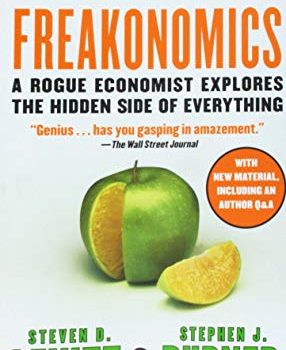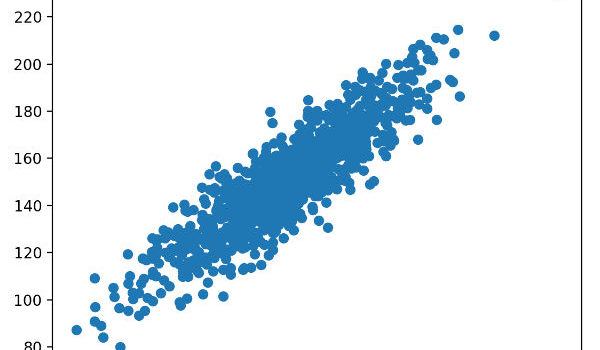Have too much stuff, and not sure how best to get rid of it? Marie Kondo is a world-renowned expert on tidying, and this book teaches you how to get past the most common barriers preventing you from decluttering. The principles in this book are the basis of the hit Netflix show, “Tidying Up with Marie Kondo.”
Go through the Konmari method once, and you may find your relationship with things to be changed permanently. People have reported dampening their desire to shop for new things, and feeling more peaceful around their home.
(Personally, I went through a Konmari cleaning a few years ago and instantly became more minimalist. I wanted to buy fewer things and continue keeping the same level of organization. )
In this Life-Changing Magic of Tidying Up summary, learn:
- What “sparking joy” means and why most of what you own doesn’t do this
- How to get over common cleaning barriers, like regretting a purchase or having clothes you don’t fit into anymore
- Why sentimental items are the hardest to discard, and how to do it successfully.








